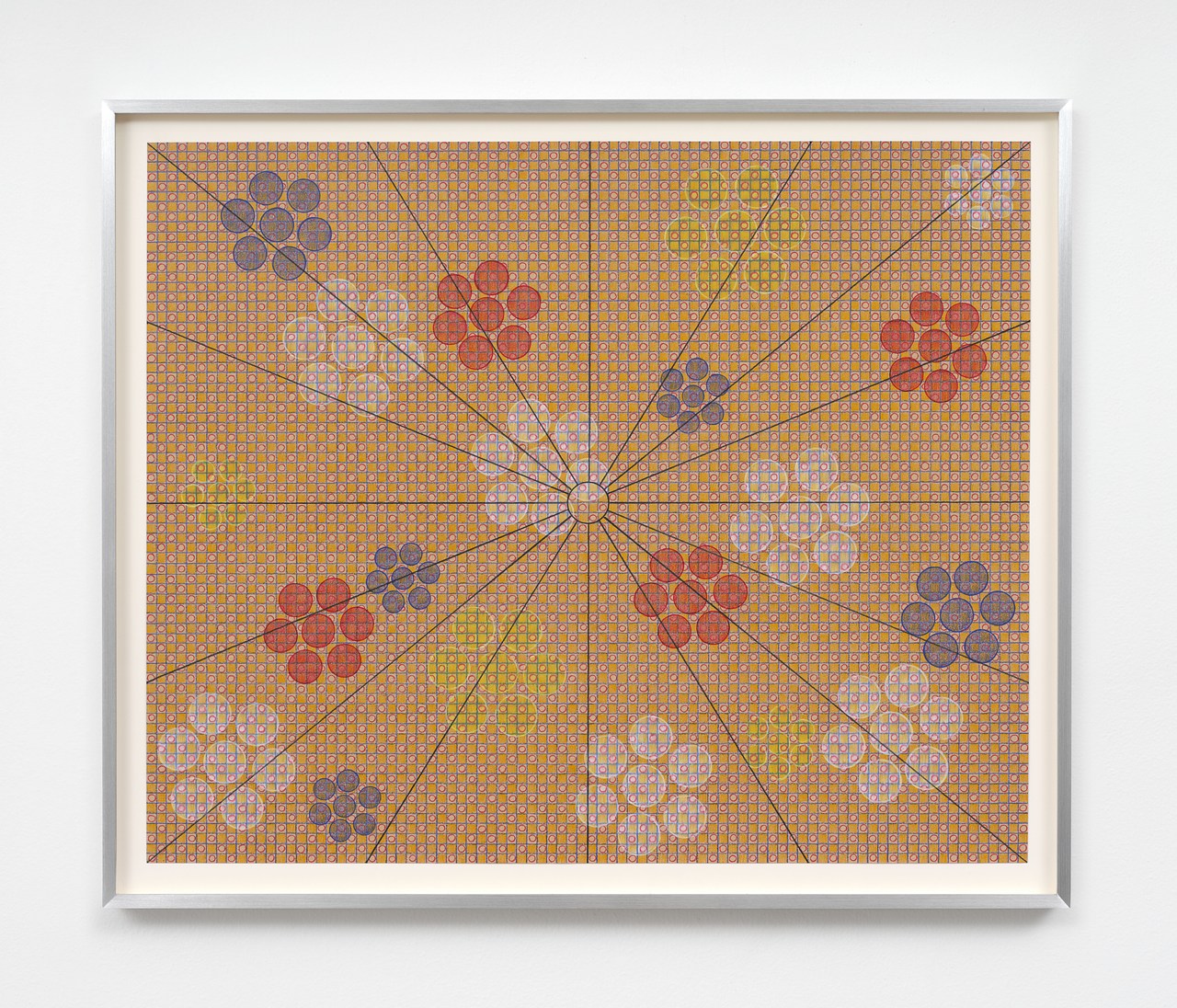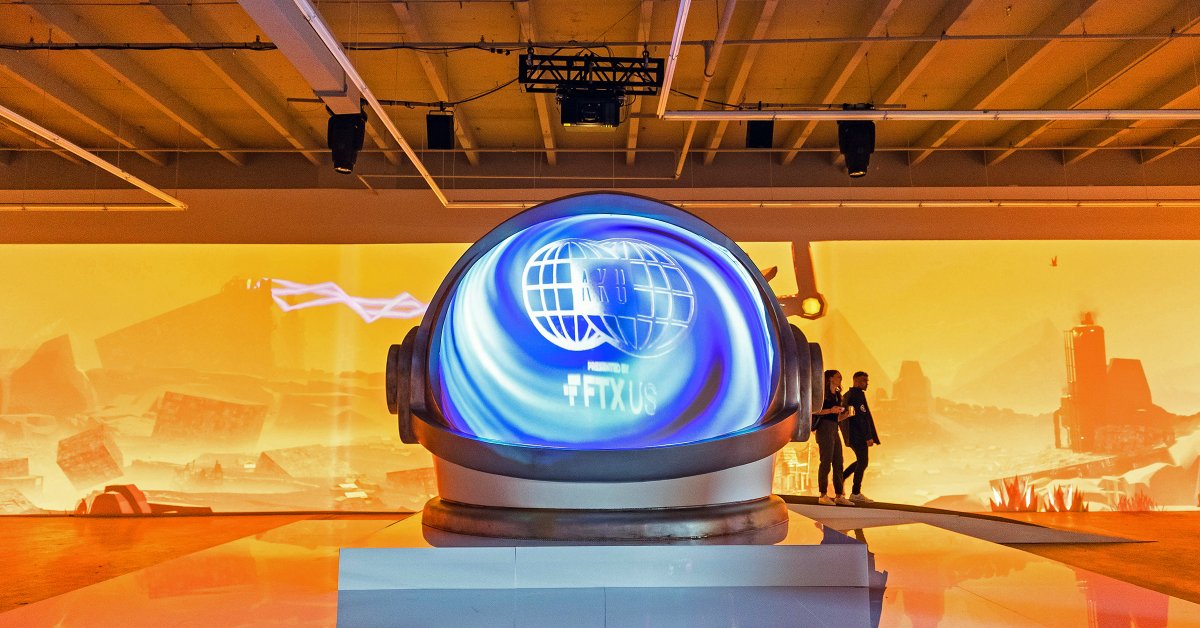Bottoms Up
2018 - Painting (Painting)
127 x 101.6 cm
Christina Quarles
The title of the painting refers to the fact that the figure’s behind is raised upwards and the face is found at the bottom of the painting, thus inverting the way in which people are normally seen. Bottom’s up is also a pun, a nod to the English toast. Quarles draws on a number of sources of inspiration, including comic book imagery, the influence of which sits alongside elements of her practice informed by life drawing classes. She begins a painting by making gestural marks which she then photographs before playing with the image on a computer. These gestures retain a muscle memory from her life-drawing practice, coalescing into a figure. She then experiments with different kinds of decorative grids and backgrounds before returning to paint the resulting image. In this painting the artist refers to two different treatments of space, three dimensional on the right and flat or two dimensional on the left. The paint itself is highly textured in places and flat in others. The decorative quality of the painting mimics, in some respects, cubist mark-making reminiscent of Picasso; there is a gravitational pull on both the image and the paint as the figure and paint are dragged down the canvas. The synthetic manner in which Quarles constructs the painting is belied by the overall painterly qualities.
Christina Quarles’ work is concerned with the female body. Not so much what it looks like, but what it feels like to inhabit it. She makes images in which the body is fragmented, distorted, stretched out of shape, occupying impossible spaces and sliding through dimensions and time. The resulting images have something of a collaged look and are somewhat otherworldly, they retain enough reference to reality however to suggest bodily and sexual encounters that question gender and identity. As a lesbian who is black but often mistaken for white, Quarles paints self-referentially. There is a strong sensual nature to the work, giving it an air of neo-surrealism.
Colors:
Related works sharing similar palette
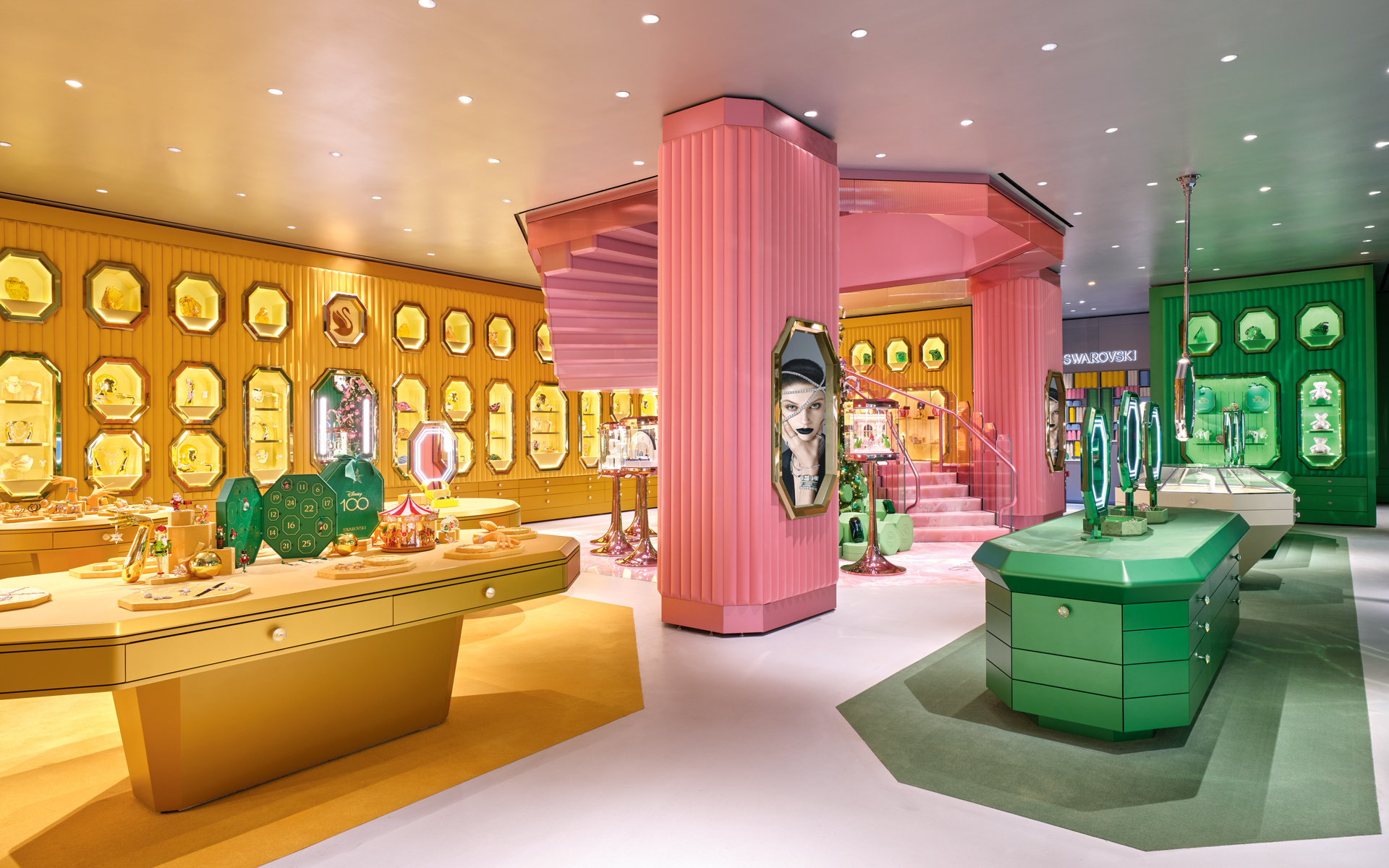
© » GALERIE MAGAZINE
The Artful Life: 5 Things Galerie Editors Love This Week - Galerie Subscribe Art + Culture Interiors Style + Design Emerging Artists Discoveries Artist Guide More Creative Minds Life Imitates Art Real estate Events Video Galerie House of Art and Design Subscribe About Press Advertising Contact Us Follow Galerie Sign up to receive our newsletter Subscribe Swarovski has opened doors to a new flagship on Fifth Avenue...

© » KADIST
Enrique Ramirez
In Un Hombre que Camina (A Man Walking) (2011-2014), the sense of rhythm and timing is overpowered by the colossal sense of timelessness of this peculiar place...

© » LARRY'S LIST
London’s Tate Modern encouraged visitors to browse through its digitised collection of over 77 thousand artworks, New York’s Metropolitan Museum of Art produced 360° virtual tours of its spaces and, closer home, the National Museum in New Delhi kept up with its patrons through regular informative posts on Instagram....
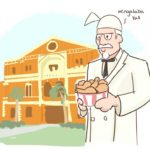
© » ARTS EQUATOR
Weekly Southeast Asia Radar: The relevance of "Soi Cowboy"; Malaysia's Zen Cho wins Hugo Award | ArtsEquator Thinking and Talking about Arts and Culture in Southeast Asia ArtsEquator Radar Illustration by Jared Downing | Frontier August 20, 2019 ArtsEquator’s Southeast Asia Radar features articles and posts about arts and culture in Southeast Asia, drawn from local and regional websites and publications – aggregated content from outside sources, so we are exposed to a multitude of voices in the region...

© » KADIST
Chris Wiley
2012Architectural details become abstracted renderings in Chris Wiley’s inkjet prints 11 and 20 (both 2012)...

© » ARTS EQUATOR
Saya Takut Untuk Mengkritik Sehinggalah Saya Berjumpa Sekumpulan Pengkritik: Refleksi Terhadap AAMR | ArtsEquator Thinking and Talking about Arts and Culture in Southeast Asia ArtsEquator Viewpoints Hello I'm Nik on Unsplash July 22, 2021 Oleh Sukhbir Cheema dan diterjemah oleh Fasyali Fadzly Bila anda mendengar perkataan “pengkritik”, apakah yang anda bayangkan? Saya sering membayangkan orang yang pakai cermin mata; ulat buku, sangat serius, dan payah untuk puaskan hatinya...

© » KADIST
Mohamed Bourouissa
2009The film called Temps Mort (Dead Time or Time Out) presents an exchange of short video footage assembled into one final edit...
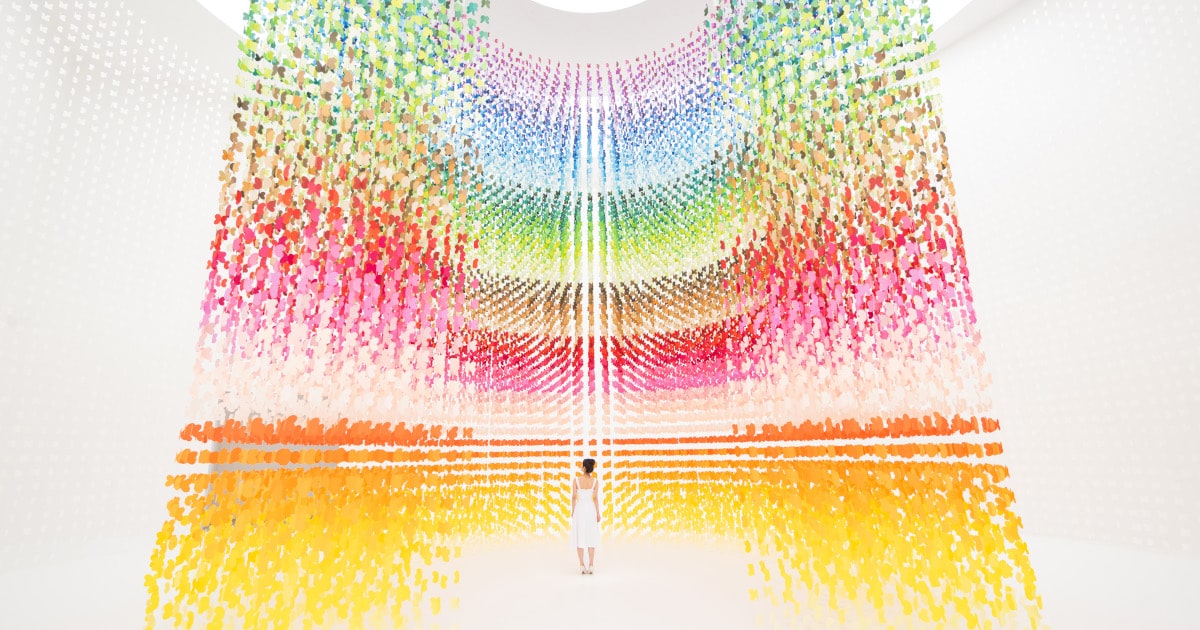
© » MODERN MET ART
Emmanuelle Moureaux’s New Work Fills a Room with Butterflies Home / Art / Installation Thousands of Colorful Butterflies Invade Shanghai Pavilion in Emmanuelle Moureaux’s Latest Installation By Regina Sienra on February 5, 2024 Photo: Daisuke Shima Architect, artist, and designer Emmanuelle Moureaux has marveled the world with her sweeping colorful installations...
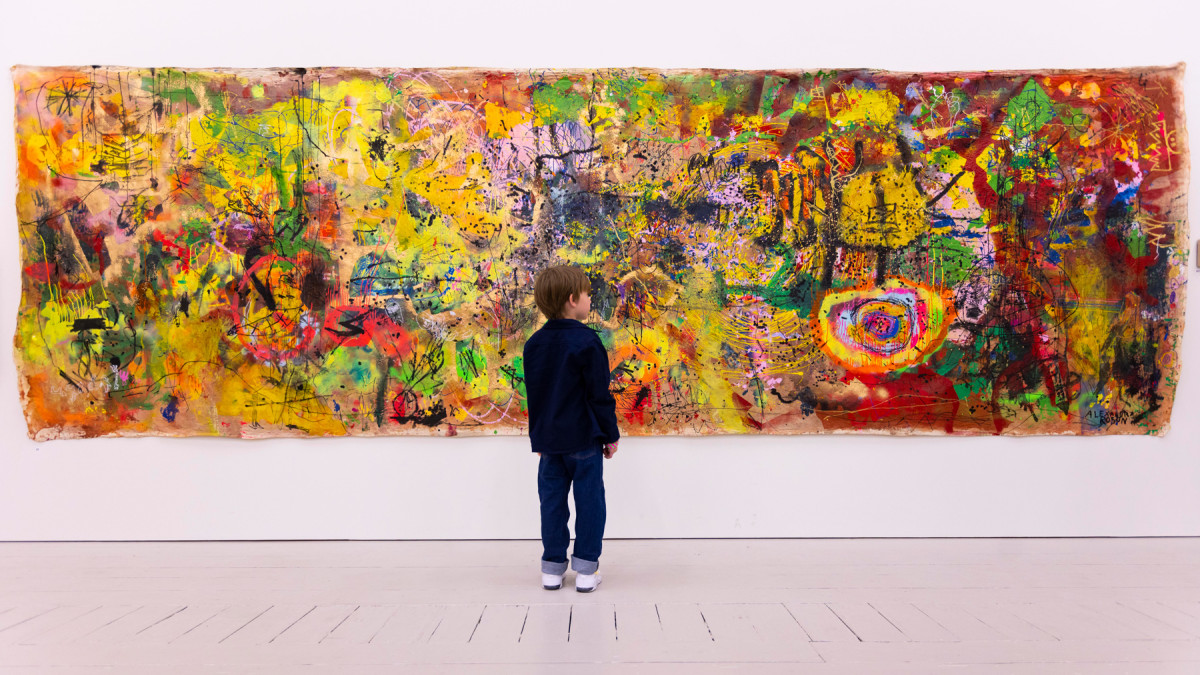
© » ROYAL ACADEMY
Video: meet the artists of the Young Artists' Summer Show 2023 | Blog | Royal Academy of Arts Gallery view of the Young Artists’ Summer Show 2023 at the Royal Academy of Arts, London © Royal Academy of Arts / David Parry Video: meet the artists of the Young Artists’ Summer Show 2023 Read more Become a Friend Video: meet the artists of the Young Artists’ Summer Show 2023 Published 28 July 2023 Hear from some of the artists in this year’s Young Artists’ Summer Show as they tell us the stories behind their works selected for display at the RA...

© » LENS CULTURE
Steindamm-Atlas - Photographs and text by Alexandra Polina | LensCulture Feature Steindamm-Atlas A visual catalog of the vibrant and chaotically diverse “stuff of life” that can be found within just a few city blocks of one neighborhood in Hamburg, Germany — It’s a look at consumerism, fashion, excess and bling with a touch of humor, delight and disbelief...

© » SLASH PARIS
Philemona Williamson — The Borders of Innocence — Semiose Gallery — Exhibition — Slash Paris Login Newsletter Twitter Facebook Philemona Williamson — The Borders of Innocence — Semiose Gallery — Exhibition — Slash Paris English Français Home Events Artists Venues Magazine Videos Back Philemona Williamson — The Borders of Innocence Exhibition Painting Philemona Williamson, A Pause Requested, 2020 Courtesy de l’artiste et galerie Semiose, Paris Philemona Williamson The Borders of Innocence Ends in 19 days: November 18 → December 30, 2023 In her more than four decades-long distinguished career, the American artist Philemona Williamson has created an evocative and compelling body of work that she describes as “visual poems.” Through the veil of personal memory, Williamson’s opaque narratives recall the beauty, drama, and vagaries of innocence...



